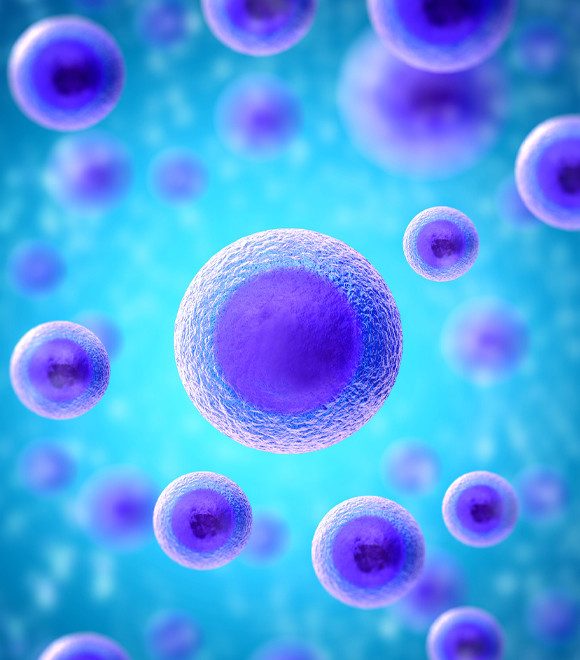


A donor must be found who has the same or almost the same HLA typing results. The immune system uses HLA proteins on cells to help determine which cells belong to the body and which don’t, so HLA matching increases the chances of transplanted donor cells being successfully incorporated into the recipient’s body. The first thing that happens is a blood test is done to learn about a person’s human leukocyte antigen (HLA) typing. Finding a donor can take several weeks or months. (Figure 29:2) Finding a Donorīefore having a transplant, a suitable donor must be found. The transplant itself does not require surgery for the recipient, as the hematopoietic stem cells are typically infused into a large vein in the same way that a patient receives a blood transfusion. Hematopoietic stem cells may be collected from the bone marrow, the peripheral blood, or from umbilical cord blood, so HSCT procedures may be called bone marrow transplants, peripheral blood stem cell transplants, or cord blood transplants depending on the source of the stem cells. For instance, if an individual with IPEX has diabetes before transplant, they will still have diabetes after transplant, because the cells in the pancreas that make insulin have been destroyed by this disease, and HSCT cannot replace pancreatic cells. Unfortunately, problems outside of the blood or immune system will not be fixed. For example, platelets will be fixed in those with WAS who have a successful allogeneic HSCT. Allogeneic HSCT also fixes any problems with other blood cells. In this way, a person’s immune system can be fixed. An allogeneic HSCT can replace an individual’s own hematopoietic stem cells with stem cells that will produce normal immune system cells. Immune system cells may be missing or just not work properly. People with PI essentially have broken pieces in their immune system. The donor cells will live in the recipient’s bone marrow and make blood and immune system cells. If an allogeneic HSCT is successful, the donor’s hematopoietic stem cells will replace the recipient’s own cells. The term, allogeneic, indicates that the stem cells given to the recipient came from someone else, the hematopoietic stem cell donor. The person who receives the stem cells is called a recipient of HSCT. This requires a very specialized procedure called an allogeneic HSCT. Hematopoietic stem cells can be transferred from one person to another person. Hematopoietic stem cells produce all blood cells including red blood cells, platelet-producing cells, and immune system cells such as neutrophils, T cells, B cells, and NK cells (Figure 29:1). Immune system cells develop from special cells that live in the bone marrow called hematopoietic stem cells. The following will review the basics of allogeneic HSCT for PI. Allogeneic HSCT can also be considered for other forms of PI. Some common indications for allogeneic HSCT include Severe Combined Immunodeficiency (SCID), Wiskott-Aldrich Syndrome (WAS), Chronic Granulomatous Disease (CGD), Leukocyte Adhesion Deficiency (LAD), Immune dysregulation, Polyendocrinopathy, Enteropathy, X-linked (IPEX) syndrome, X-linked Lymphoproliferative Disease (XLP), Hyper IgM Syndrome, Combined Immune Deficiency (CID), and Hemophagocytic Lymphohistiocytosis (HLH). When PI is likely to cause significant harm or death to someone, allogeneic hematopoietic stem cell transplantation (HSCT) may be the best treatment option. Other forms of PI are so severe that individuals have a very poor quality of life or can die as a result of their disease. Some forms of PI are mild and don’t cause significant harm, or may be effectively treated with agents like immunoglobulin (Ig) replacement therapy. Primary immunodeficiency diseases (PI) cause a wide spectrum of symptoms with varying severity. Learn more about hematopoietic stem cell transplantation at


 0 kommentar(er)
0 kommentar(er)
